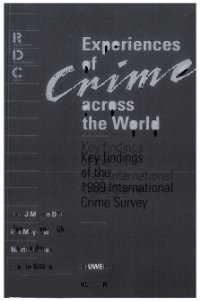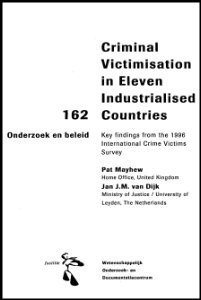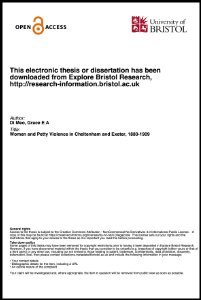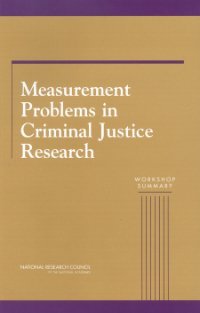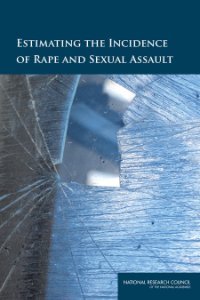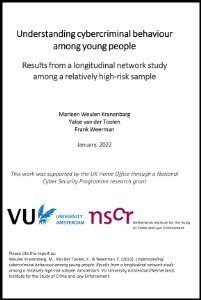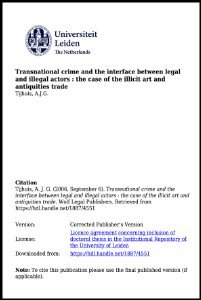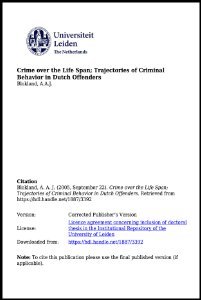By J.J.M. van Dijk, P. Mayhew, and M. Killias.
The international victimization survey reported here measured experience of crïme and a number of other crime-related issues in a large number of European and non-European countries. It used tightly standardized methods as regards the sampling procedure, method of interview, questions asked, and analysis of the data. By asking respondents directly about a range of offences that they had experienced over a given time period, the survey provides a measure of the level of crime in different countrïes that is independent of the conventional one of offences recorded by the police. The police measure has well-known limitations for comparative purposes as it is based only on those crimes which are reported to the police by victims, and which are recorded by the police. The value of the survey is that it: - enables individual countries to see how they are faring in comparison with others in relation to crime levels; - provîdes some rough picture of the extent to which survey-measured crime in different countries matches the picture from figures of offences recorded by the police; - provides some basis for explaining major differences in crime experience in terms, for instance, of socio-demographic variables; - allows some examination of the types of people most at risk of victimization for different types of crime, and whether these vaiy across the jurisdictions in the survey; and, finally, - provides information on responses to crime in different countries, such as opinions about the police, appropriate sentences, fear of crime, and the use of various crime prevention measures. These survey results should not be seen as giving a definitive picture of crime, and responses to it in different countries. The samples of respondents interviewed in each country were relatively small, only those with a telephone at home were interviewed, and response rates were not always high. The significance of these factors is taken up in more detail in the final chapter, but the fact remains that the comparable information provided by the international suivey is unique.
Deventer; Boston: Kluwer Law and Taxation Publishers 1990. 191p.


